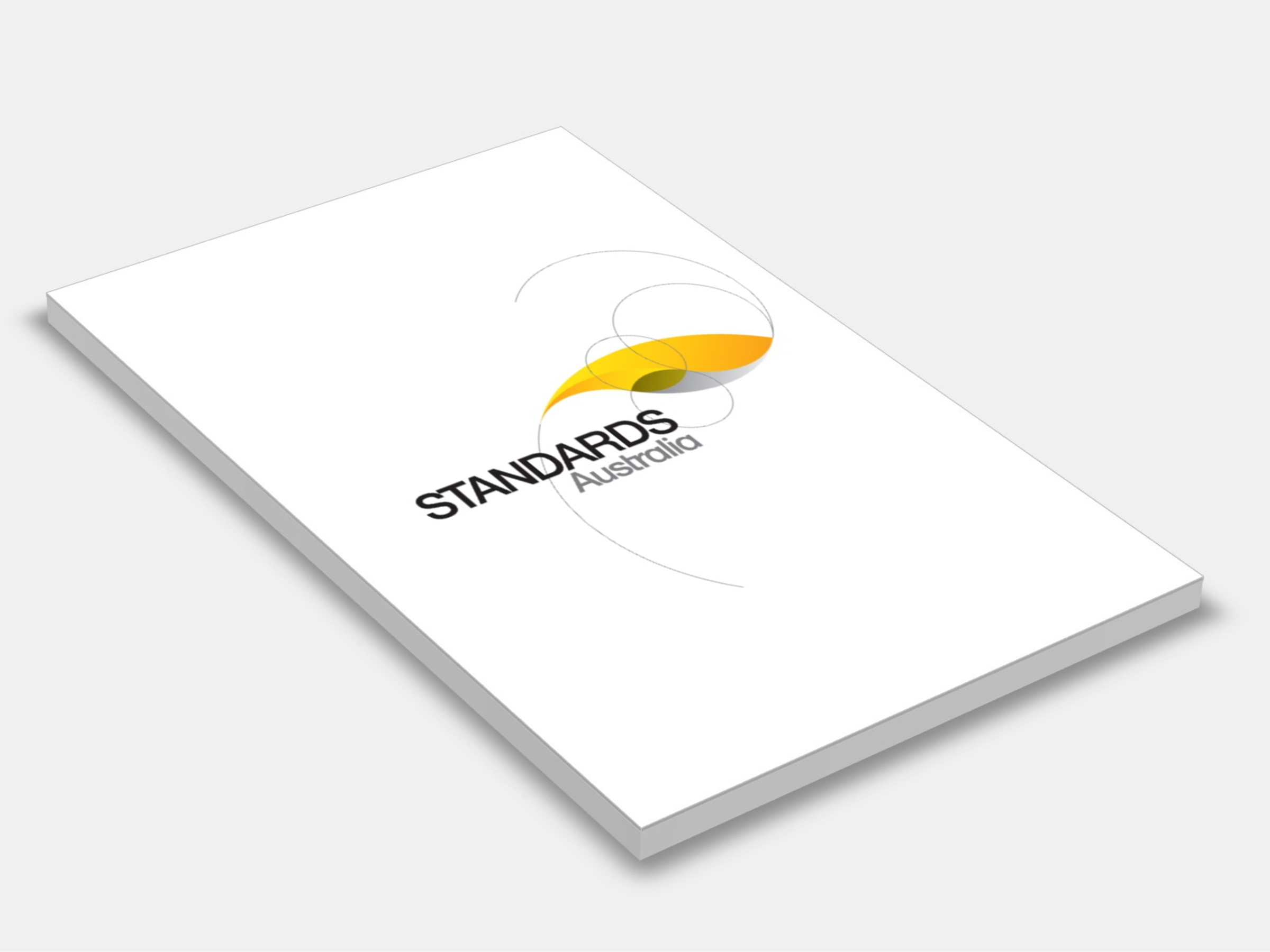
Type
Publisher
Standards Australia/Standards New Zealand
Publisher
Standards Australia/Standards New Zealand
Version:
Second Edition 2014.
(Pending Revision)
Short Description
This Standard specifies a test method for determining the particulate emission factor from batch-fed domestic solid fuel burning appliances and the associated particulate emission acceptance criteria.
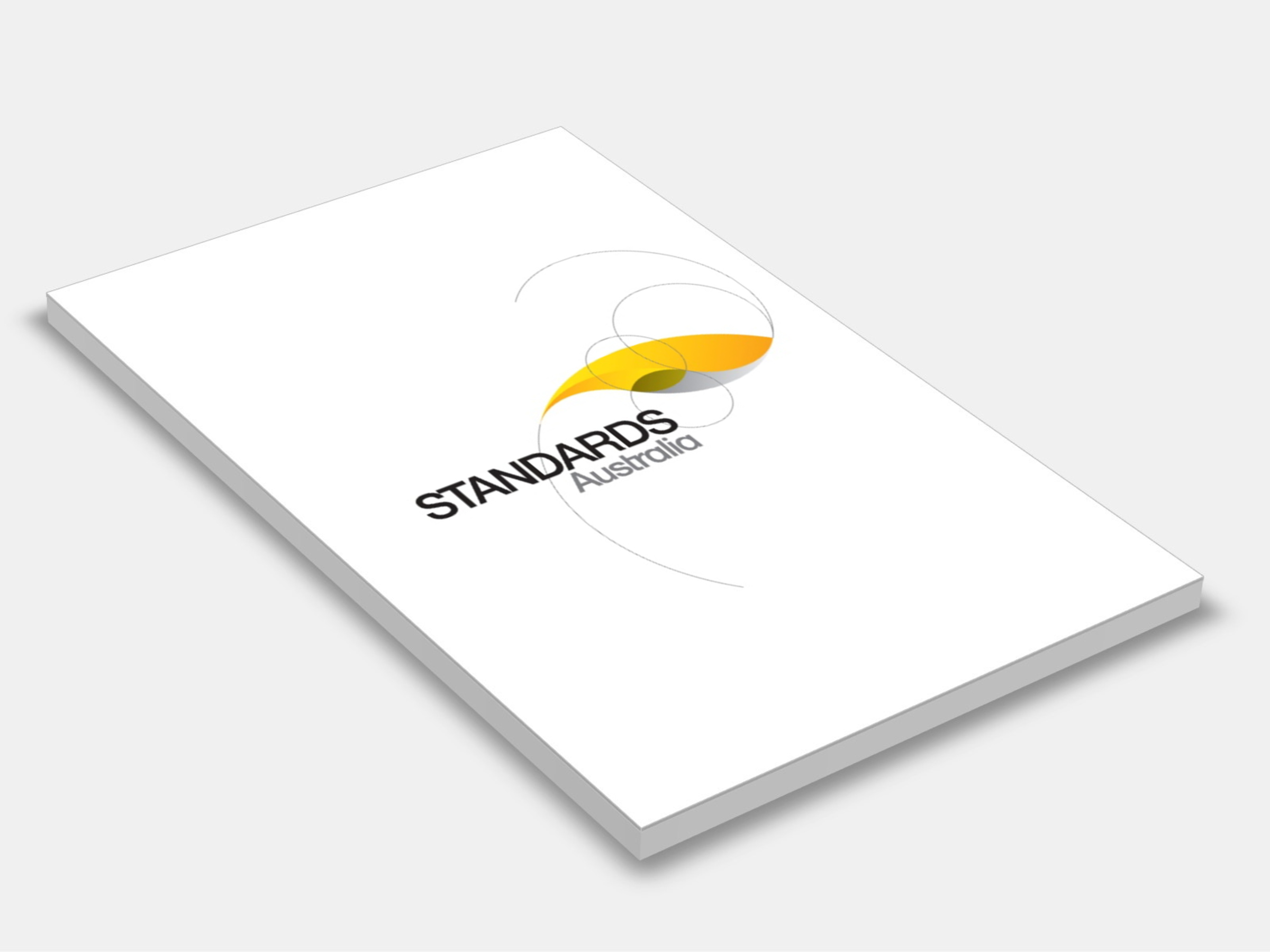
Type
Publisher
Standards Australia/Standards New Zealand
Publisher
Standards Australia/Standards New Zealand
Version:
First Edition 1995.
(Current)
Short Description
This Standard sets out a means of determining the thickness of polyethylene film.
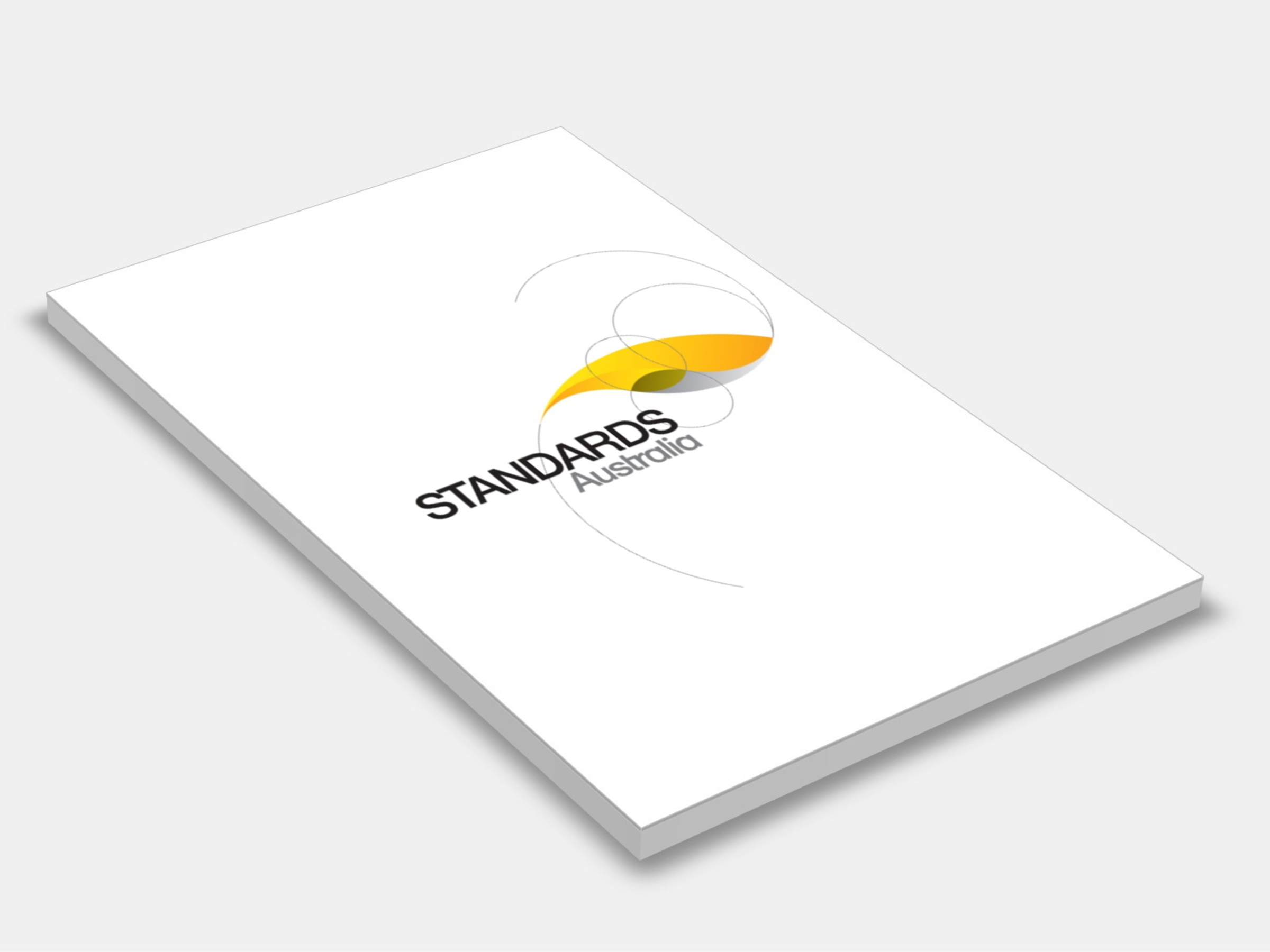
Type
Publisher
Standards Australia/Standards New Zealand
Publisher
Standards Australia/Standards New Zealand
Version:
Second Edition 2006.
(Current)
Short Description
Provides procedures for sampling veneer and plywood for determination of physical and mechanical properties of mill runs, specially produced veneers and plywoods, and consignments.
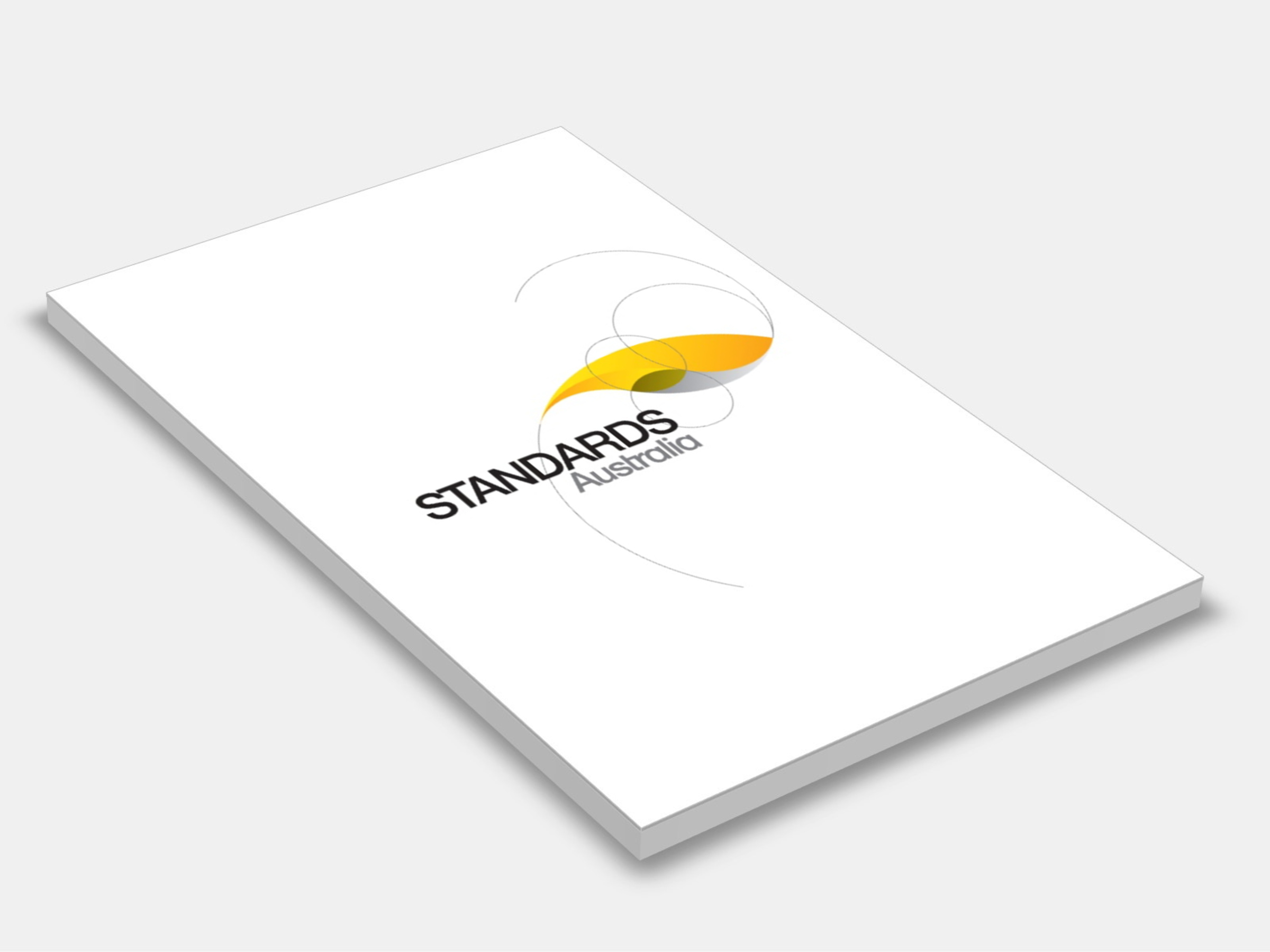
Type
Publisher
Standards Australia/Standards New Zealand
Publisher
Standards Australia/Standards New Zealand
Version:
First Edition 2010.
(Current)
Short Description
Provides requirements for testing rectangular sections of sawn solid timber of commercial structural size to provide data for the determination of characteristic values for structural design. It specifies the test methods only.
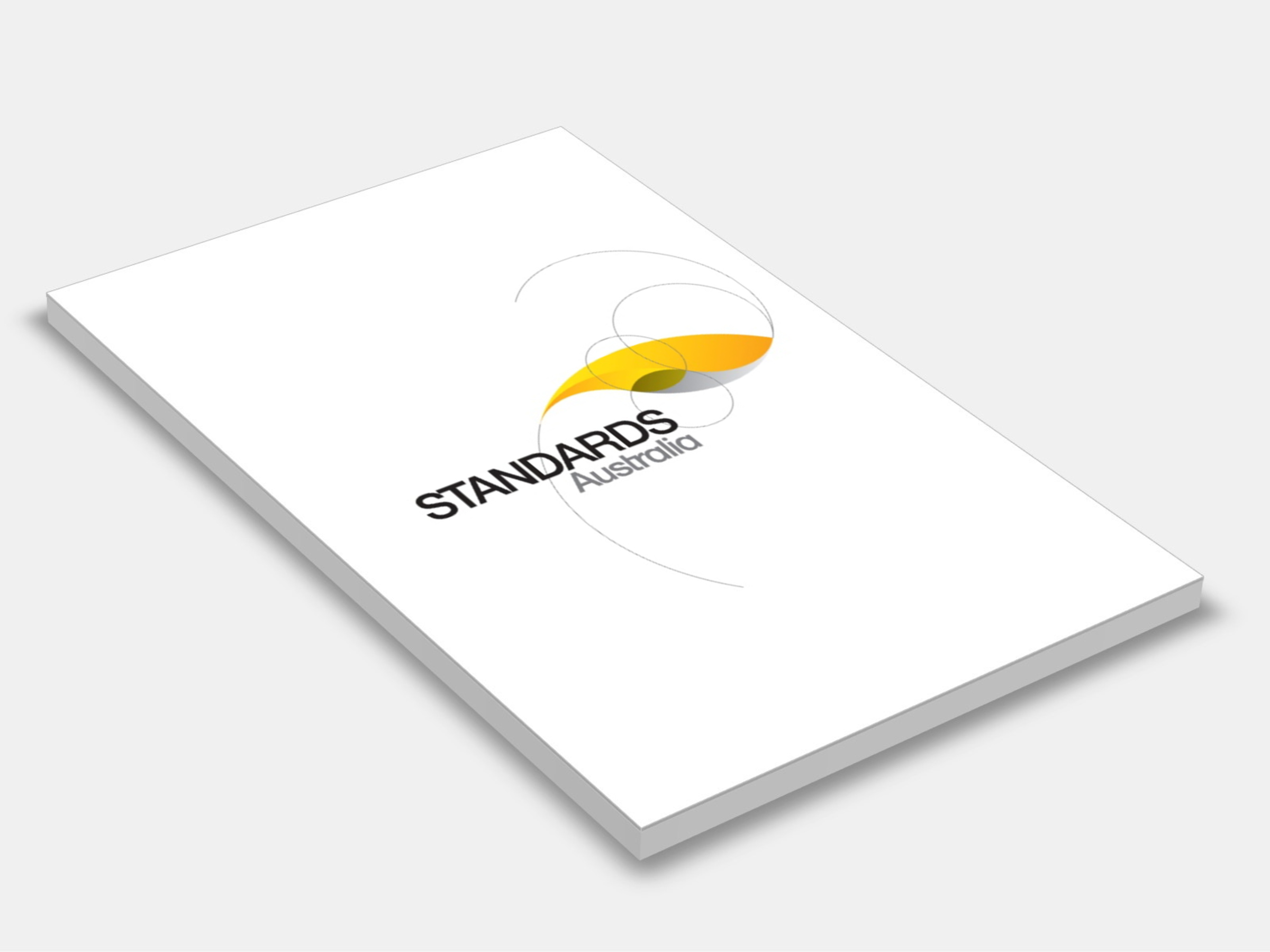
Type
Publisher
Standards Australia/Standards New Zealand
Publisher
Standards Australia/Standards New Zealand
Version:
First Edition 1994.
(Current)
Short Description
Specifies a gravimetric method for the determination of carbon content between 0.05 percent and 4.5 percent in all types of iron and steel.
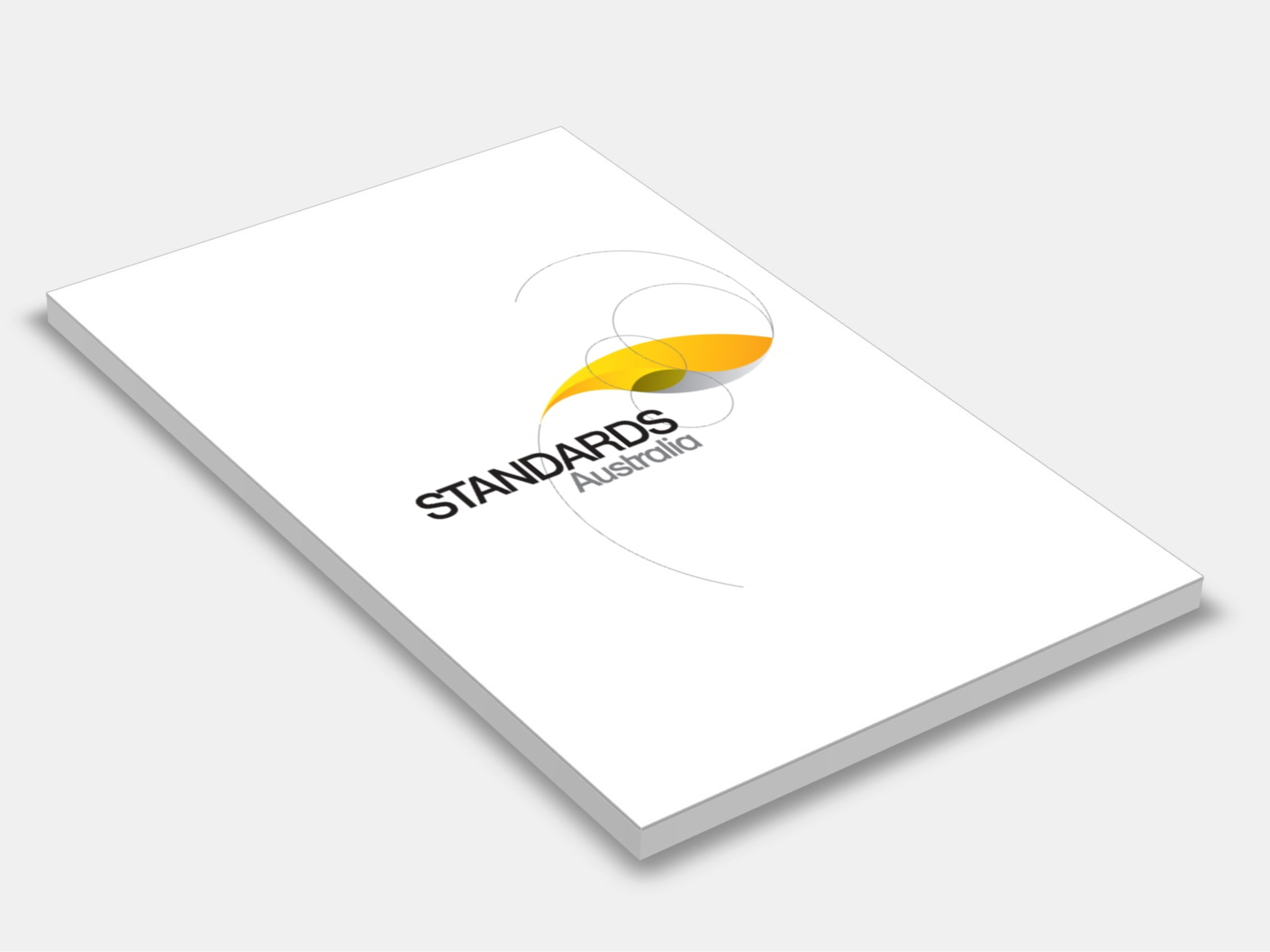
Type
Publisher
Standards Australia/Standards New Zealand
Publisher
Standards Australia/Standards New Zealand
Version:
First Edition 1994.
(Current)
Short Description
Specifies a flame atomic absorption spectrometric method for the determination of magnesium content between 0.010 percent and 0.25 percent in all types of iron and steel.
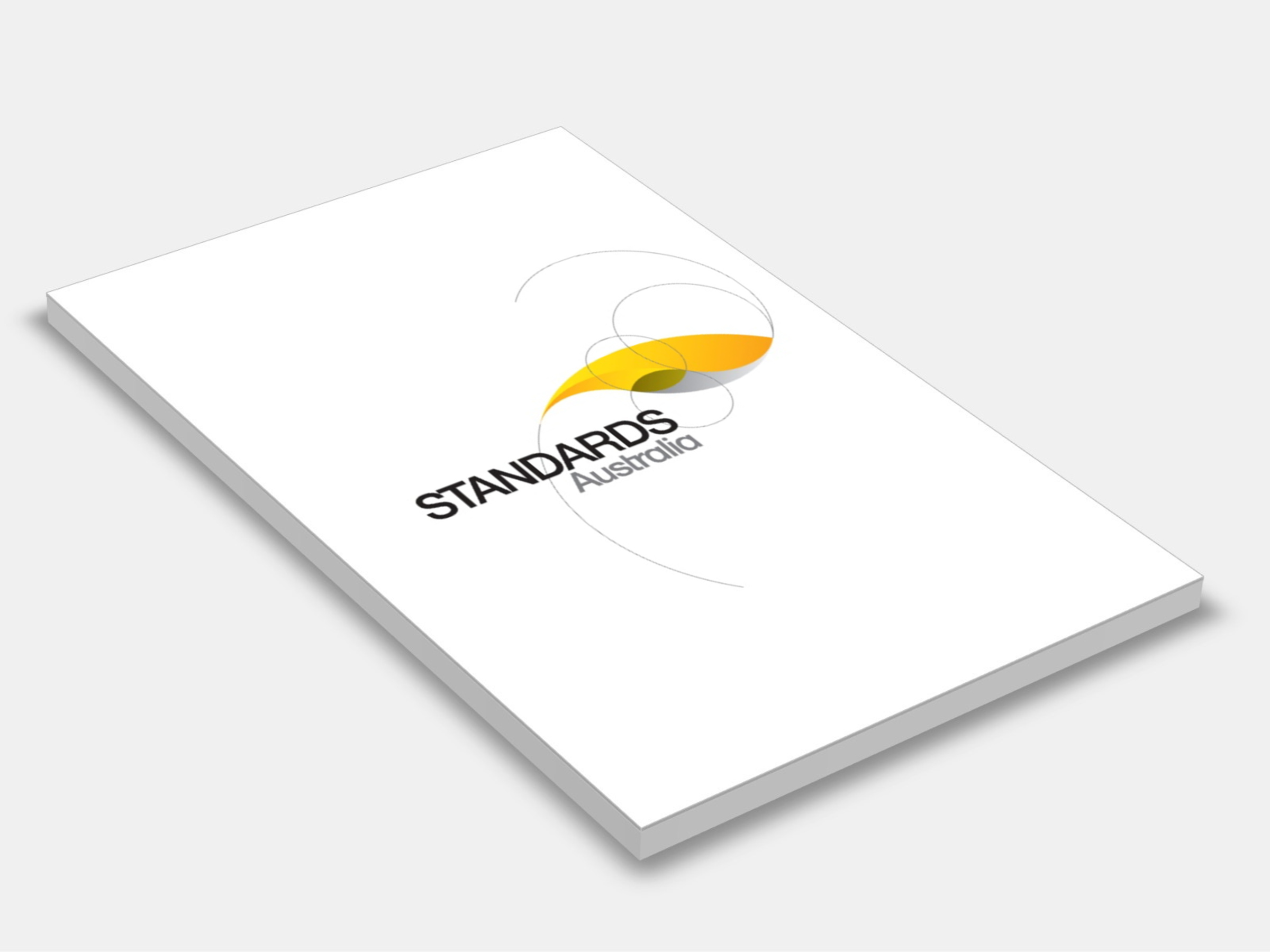
Type
Publisher
Standards Australia/Standards New Zealand
Publisher
Standards Australia/Standards New Zealand
Version:
First Edition 1995.
(Current)
Short Description
This Standard sets out the method of determining the pliability of the bitumen coatings of damp-proof courses and flashings with metal centres.
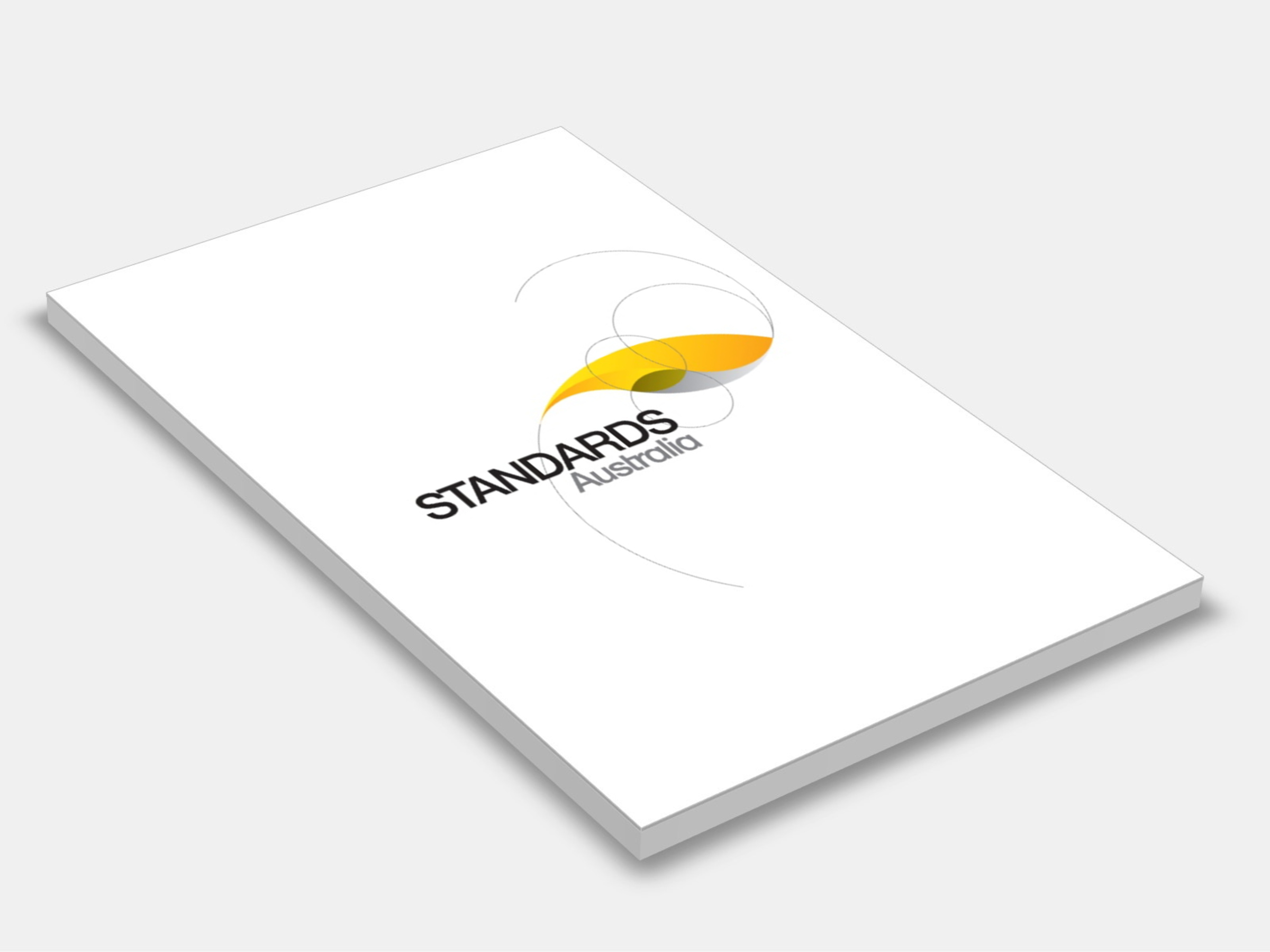
Type
Publisher
Standards Australia/Standards New Zealand
Publisher
Standards Australia/Standards New Zealand
Version:
First Edition 1996.
(Current)
Short Description
This Standard specifies a method for the determination of the thickness loss of textile floor coverings under dynamic loading. It is applicable to all types of textile floor coverings with a surface that is level in height and construction. It does not apply to other textile floor coverings unless the areas of different thickness or construction can be tested separately.
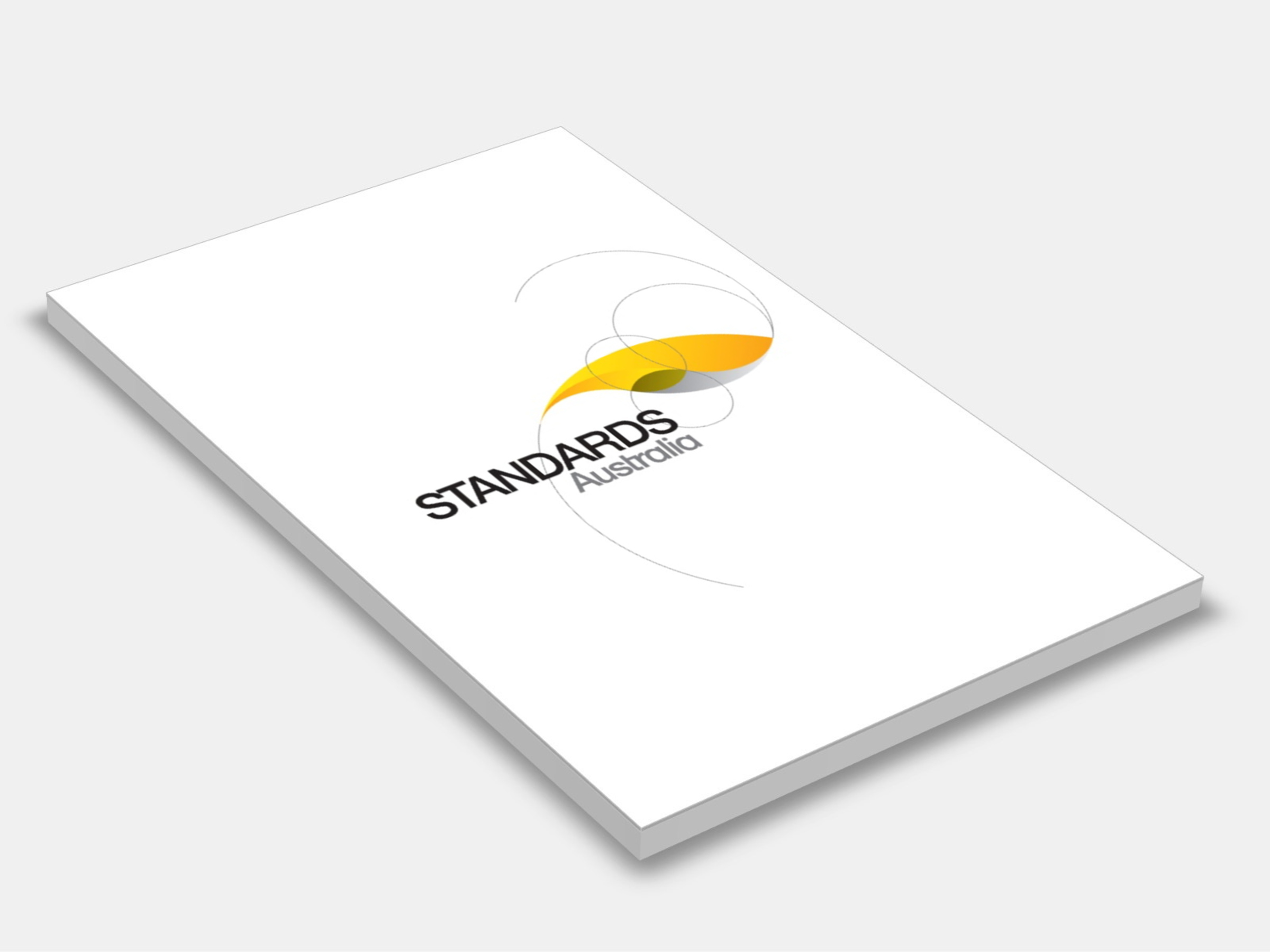
Type
Publisher
Standards Australia/Standards New Zealand
Publisher
Standards Australia/Standards New Zealand
Version:
First Edition 1996.
(Current)
Short Description
This Standard specifies a method for the determination of thickness loss of textile floor coverings after brief, moderate static loading, and is intended to simulate the effect of the pressure exerted by a chair leg for a short period. It is applicable to all textile floor coverings of uniform thickness and construction. It does not apply to other textile floor coverings unless the areas of different thickness or construction can be separately tested.
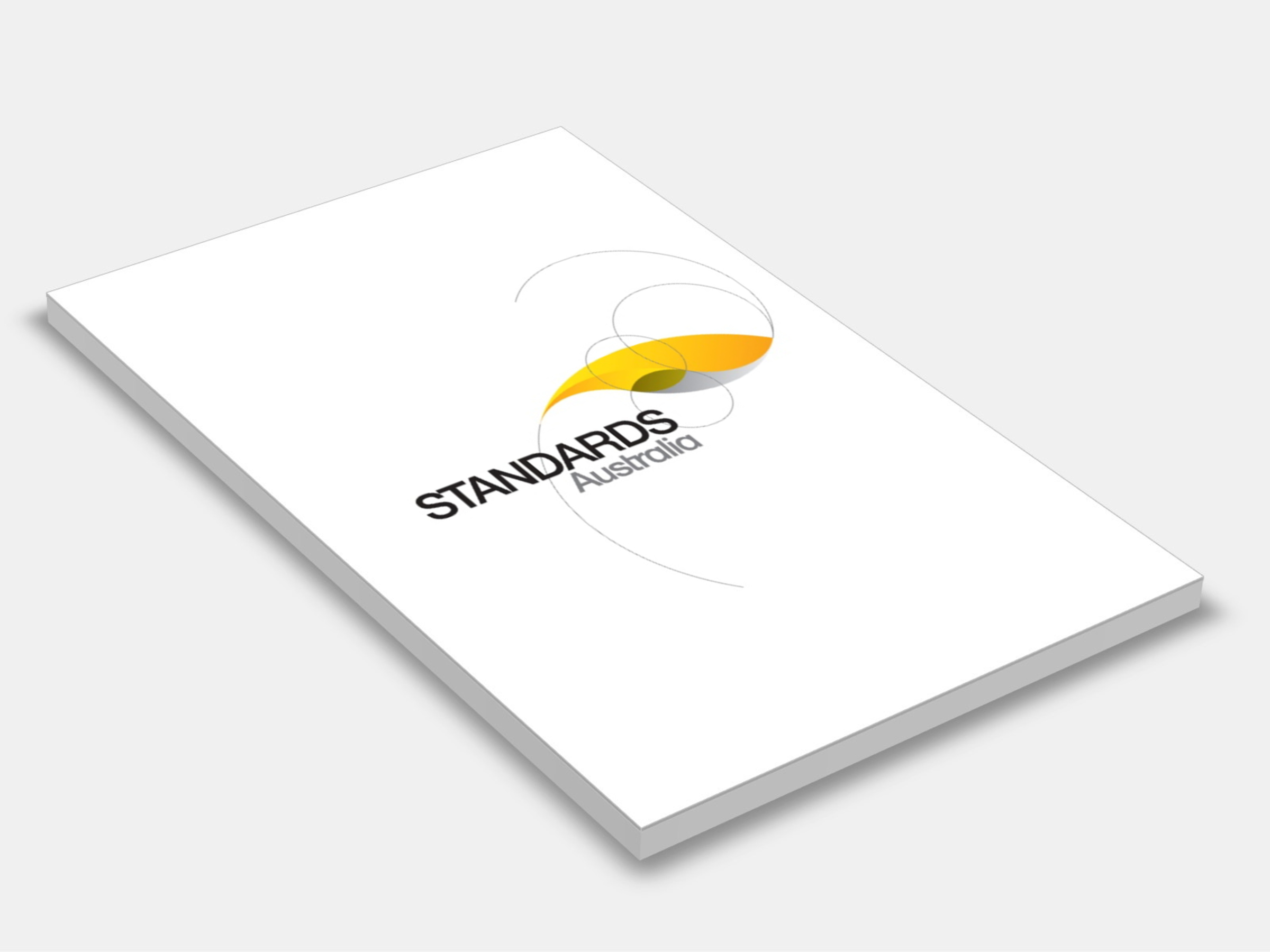
Type
Publisher
Standards Australia/Standards New Zealand
Publisher
Standards Australia/Standards New Zealand
Version:
Second Edition 1997.
(Current)
Short Description
This Standard specifies a method for the assessment of the burning behaviour often superficial of textile floor coverings in a horizontal position when exposed to a small source of ignition under controlled laboratory conditions. The method specified in this Standard is applicable to all types of textile floor coverings whatever their construction or their fibre composition. The method may also be applicable to unfinished material. In this case, the result does not indicate the behaviour of the material in the condition in which it is used.